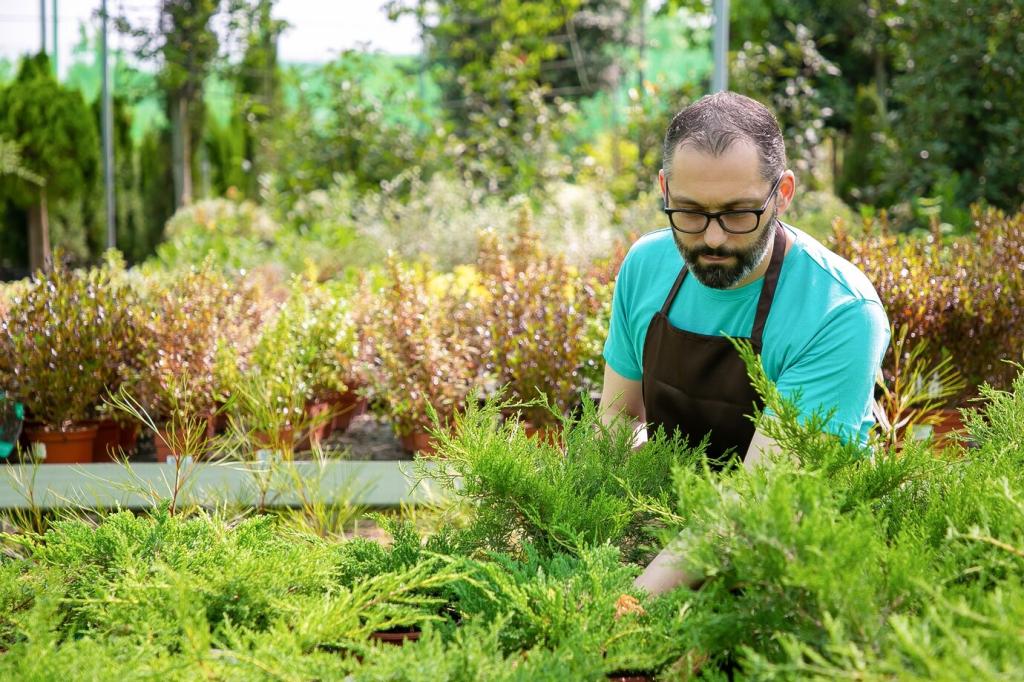Maintenance the Ecological Way
Weed early when soil is moist and roots release easily, and spot-mulch bare patches to prevent new invasions. Avoid frequent tilling that disrupts soil networks. Share your toughest weed, and we’ll compile regionally successful tactics from readers to keep native planting strategies practical and effective.
Maintenance the Ecological Way
Standing stems and leaf litter shelter overwintering butterflies, bees, and beneficial insects. Delay major cutbacks until spring warms. The sculptural seedheads feed birds and look striking against frost. Post a photo of your winter habitat, and subscribe to our seasonal maintenance reminders that align with wildlife needs.




